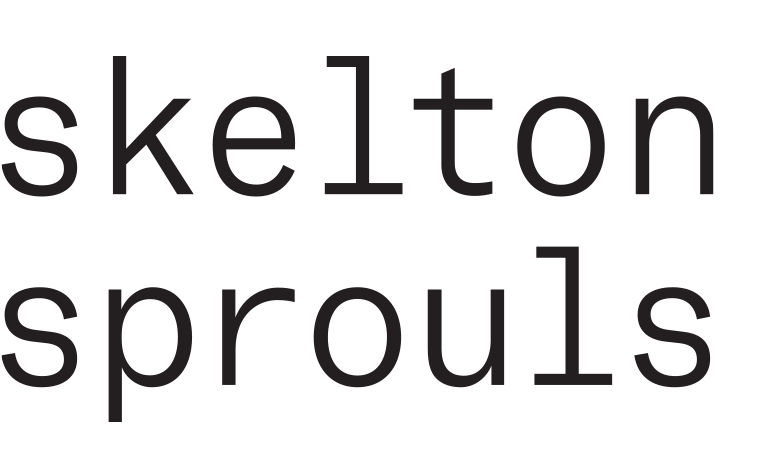Museum art exhibitions are generally supported by related events, programs, workshops and lectures. Often, visitors are provided with a brochure for reference during their visit or to take home. Information about the artist, the specific works on display, event listings, and/or maps of the museum or gallery are useful for museum-goers as they navigate an exhibition or as an at-home reminder of their experience. Our job is to distill this information into an economical, disposable, take-away piece that is both useful and attractive.
Here are three unique approaches we’ve used for gallery guides that combine edited text and images from an exhibition with relevant event listings and general museum information.
The Parallel Fold
This eight-panel piece displays a wide range of information in a condensed format. For a small exhibit of impressionist paintings, we chose a few outstanding images to illustrate the theme of the show, along with the curator’s synopsis and an artist’s quote. This format featured evocative visuals and introductory text up front, while detailed artwork captions, museum information, and listings of related lectures, talks, concerts and films are incorporated on additional panels (not shown).
Gallery brochure for The Phillips Collection’s “Impressionists By The Sea” exhibition
Our job is to distill information into an economical, disposable, take-away piece that is both useful and attractive.
The Brochure/Poster
Big impact, small budget. We turned this gallery guide into a poster, with room for a short essay, program information and reproductions on the front side, and a big, graphic, photo detail on the back, which opens to a poster (suitable for framing!). An added bonus: unfolded posters can be sold in the gift shop.
Gallery brochure/poster for The Phillips Collection’s exhibition,“Object As Subject: Photographs of the Czech Avant-Garde”
The Booklet
Saddle-stitched booklets are a common and economical solution for guides that need to accommodate longer essays and representative reproductions, especially if the exhibition has no supporting catalog. With more room for text and artwork, a booklet with this level of substance sends an important message: we take this exhibition seriously. Look and learn. And enjoy.
Gallery booklet for The Phillips Collection’s Morris Louis exhibition
Read earlier case studies from this series:
• Museums: Art in the Classroom
• Art Books: Judging a Book by its Cover
• Art Books: Creating a Keepsake
• Art Books: Special Exhibitions
• Art Books: Cultivating Engagement
Want to be notified when additional case studies in this series are posted?
Subscribe here to receive emails from us.




